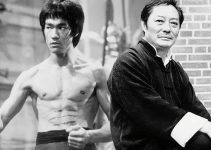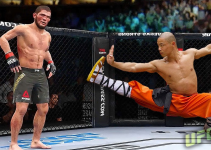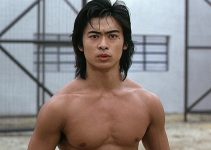Shaolin Kung Fu, one of the most renowned and respected martial arts in the world, is not just a form of combat but a philosophy of life and a discipline for the mind and body. Originating from the Shaolin Monastery in Henan Province, China, Shaolin Kung Fu has a history spanning over 1,500 years. This martial art stands out not only for its intricate techniques but also for its demanding physical and mental training requirements. In this post, we will delve into the intense rigor of Shaolin Kung Fu and the experiences of monks as they undergo this arduous journey.
History and Philosophy of Shaolin Kung Fu
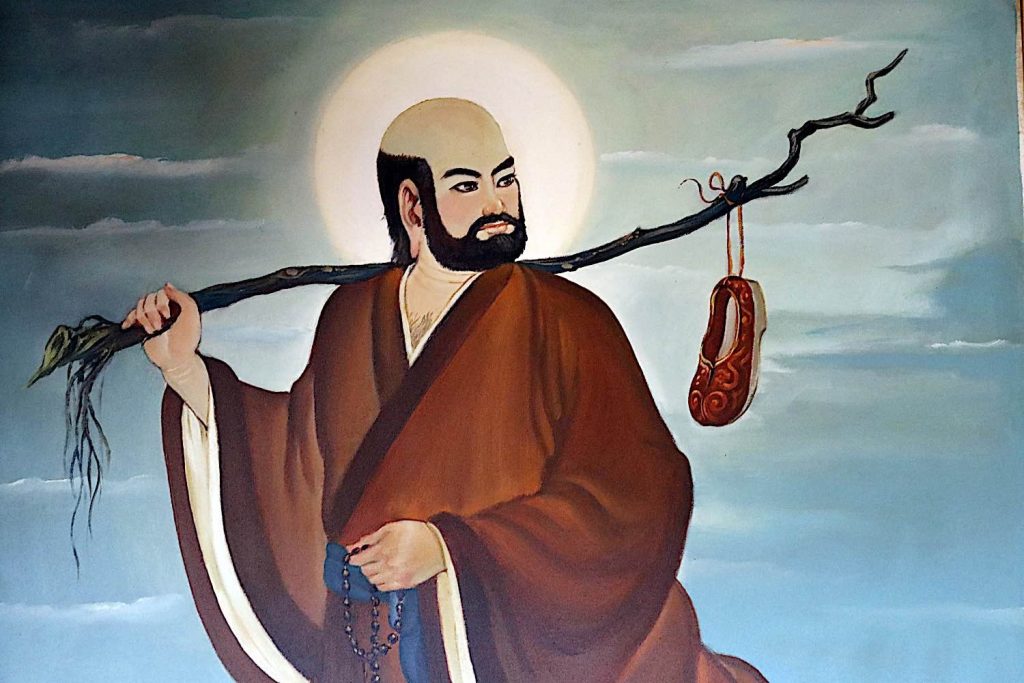
Shaolin Kung Fu traces its roots to the Shaolin Monastery, believed to be the birthplace and guardian of many Chinese martial arts forms. According to legend, this martial art was founded by Bodhidharma, an Indian monk who traveled to China in the 6th century. Bodhidharma integrated the physical exercises he had learned in India with the existing martial techniques of the Shaolin monks, creating a unique blend of combat skills and spiritual practice. Shaolin Kung Fu combines physical training with meditation and Buddhist philosophy, forming a solid foundation for the holistic development of practitioners, enhancing their physical, mental, and spiritual well-being.
The Rigorous Training Process
Physical Conditioning
Shaolin Kung Fu is renowned for its grueling physical training, which monks must endure. A typical day at the Shaolin Monastery begins at dawn with exercises such as running, rope skipping, and mountain climbing to build endurance and flexibility. These exercises not only develop physical strength but also test the perseverance and resilience of the monks.
RELATED: Inside the Mysterious Shaolin Temple where Training Starts
One of the most challenging exercises is “Walking on the Edges of Blades,” where practitioners must walk on the sharp edges of knives without injury. This exercise requires extreme concentration, excellent balance, and total body control. Another intense training routine involves lifting and striking heavy objects to build muscle strength and bone density. Monks may also engage in “Tree Hugging,” where they grip a tree with their arms and legs and hold the position for extended periods, enhancing their grip strength and core stability.
Martial Arts Techniques
Shaolin Kung Fu encompasses various combat techniques, including punches, kicks, and defensive maneuvers. To master these techniques, monks must practice thousands of times daily. Techniques like “Iron Head Skill” require practitioners to strike hard surfaces with their heads to build strength and resilience. Similarly, “Iron Sand Palm” involves hitting sandbags or rocks to develop hand strength and striking power.

The training also includes weapon-based techniques, with monks mastering the use of swords, staffs, and other traditional Chinese weapons. Each weapon requires a unique set of skills and significant dedication to master. The training regimen is designed to push the human body to its limits, with routines such as “Pole Standing,” where monks balance on the tops of poles, enhancing their agility and focus.
Mental and Spiritual Training
A crucial aspect of Shaolin Kung Fu is the cultivation of mental and spiritual strength. Meditation and breathing exercises are integral parts of the training regimen. Monks often meditate for hours, maintaining mental clarity and focus. The tranquility and patience cultivated through meditation help them achieve a calm and clear state of mind, enhancing self-control and composure in all situations.
The practice of Zen Buddhism, or Chan as it is known in China, is intertwined with Shaolin Kung Fu. This form of Buddhism emphasizes meditation, mindfulness, and living in the present moment. Monks practice Zazen (seated meditation) to deepen their spiritual awareness and to maintain mental equilibrium amidst the physical rigors of their training. This mental fortitude is crucial, as it enables monks to endure the pain and challenges of their physical training.
Challenges and Sacrifices
Physical and Mental Strain
video by shiyanqian8
The rigorous training of Shaolin Kung Fu is not for the faint-hearted. Practitioners face immense physical pain and mental pressure. Injuries are common during training, and monks must learn to endure pain without complaint. Many even risk permanent injury if they are not careful during their practice. The relentless training schedule leaves little room for rest, often pushing the monks to the brink of physical exhaustion.
The mental strain is equally challenging. Monks must cultivate an unyielding spirit to persist through the grueling routines. The constant repetition of techniques, combined with the intense physical exercises, tests their mental resilience daily. The monks’ ability to maintain focus and composure under such pressure is a testament to their extraordinary mental strength.
Personal Sacrifices
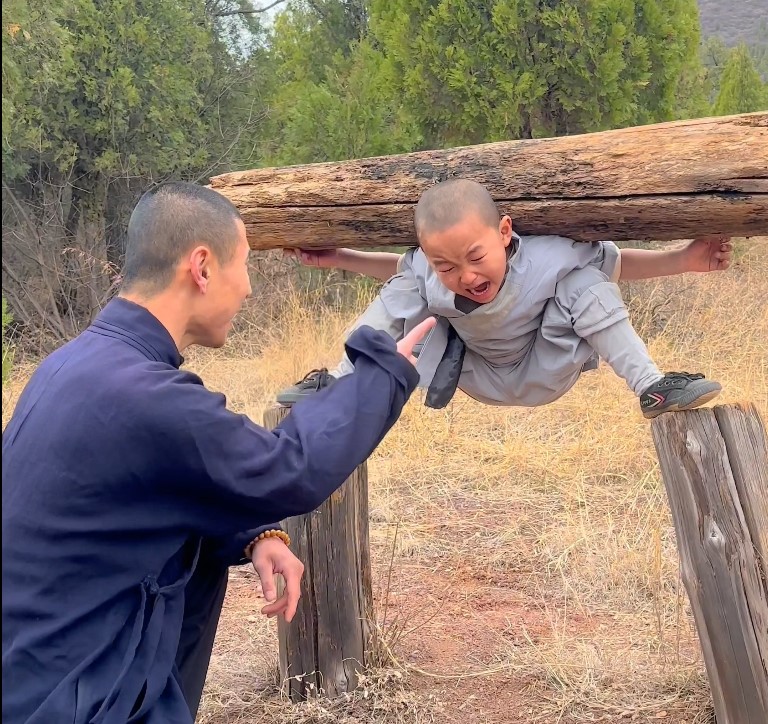
To become a true Shaolin monk, practitioners must make significant personal sacrifices. They leave behind family, friends, and ordinary life to live in the strict monastery environment. Their daily lives are tightly regulated with rigorous training and meditation schedules. This requires immense dedication, discipline, and the ability to accept and adapt to hardships and challenges.
Life at the Shaolin Monastery is devoid of many modern comforts. Monks live in austere conditions, with minimal personal possessions and strict adherence to the monastic code. They rise before dawn and spend their days in intense training and meditation, often until late at night. The demanding lifestyle fosters a deep sense of camaraderie among the monks, as they support each other through the rigorous regimen.
The Significance and Values of Shaolin Kung Fu
Despite the rigorous training, Shaolin Kung Fu offers profound values to its practitioners. It helps them develop physical strength and achieve mental and spiritual balance. Values such as patience, discipline, and an indomitable spirit are deeply ingrained in each monk’s character. These values extend beyond the training grounds, influencing every aspect of the monks’ lives.
Shaolin Kung Fu also plays a crucial role in preserving and promoting traditional Chinese martial arts culture. It symbolizes the fusion of martial arts and philosophy, strength and compassion. Many people worldwide come to the Shaolin Monastery not only to learn martial arts but also to seek peace and profound self-understanding.
The discipline and dedication required for Shaolin Kung Fu training instill a sense of purpose and direction in the monks. The rigorous training regimen teaches them to overcome adversity, fostering resilience and tenacity. The spiritual teachings of Buddhism further enhance their personal growth, guiding them towards a path of enlightenment and inner peace.

Shaolin Kung Fu is not merely a martial art but a journey of rigorous and challenging training. The intensity of the training helps monks develop physically and cultivate their minds and spirits. Despite facing numerous hardships and sacrifices, the values imparted by Shaolin Kung Fu are invaluable, contributing to the creation of strong, resilient individuals with a deep understanding of themselves and life. The journey of Shaolin Kung Fu is a testament to the enduring power of human spirit and the profound impact of disciplined training and spiritual growth.
In a world that often seeks quick results and instant gratification, the rigorous path of Shaolin Kung Fu reminds us of the value of patience, perseverance, and inner strength. It is a journey that transforms not only the body but also the mind and soul, creating individuals who embody the true essence of martial arts and the timeless wisdom of Zen Buddhism.

